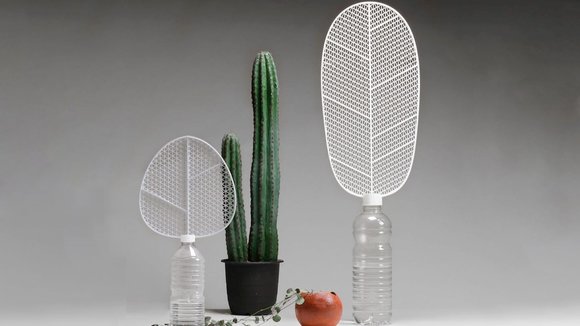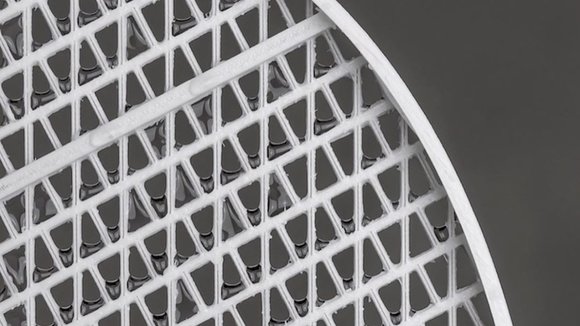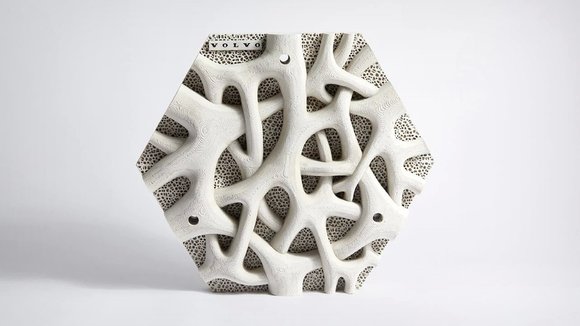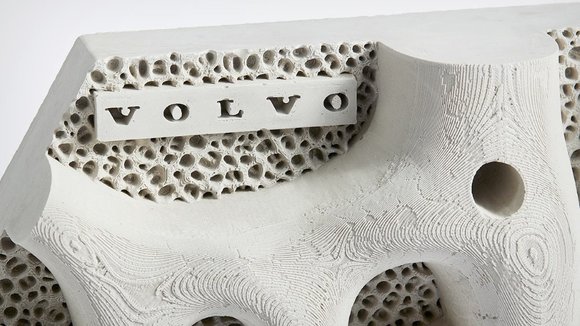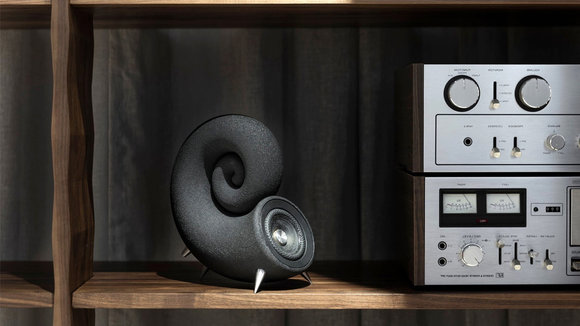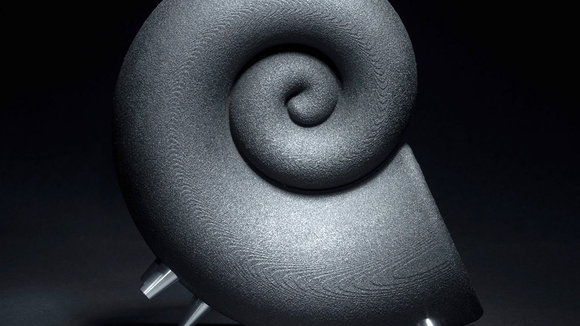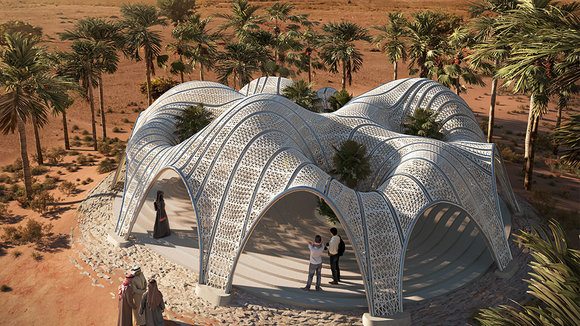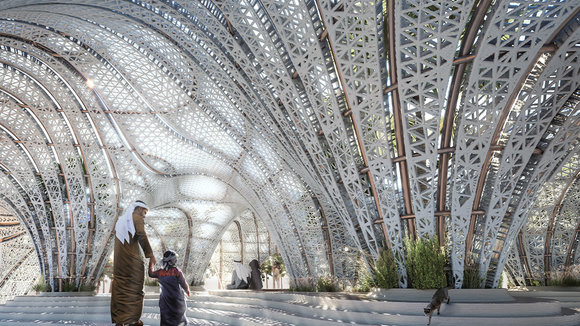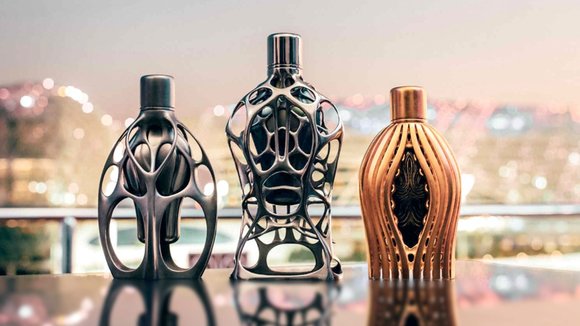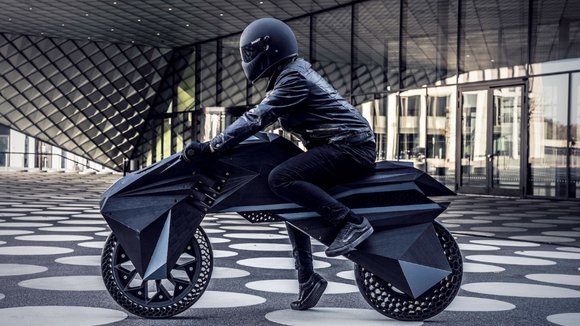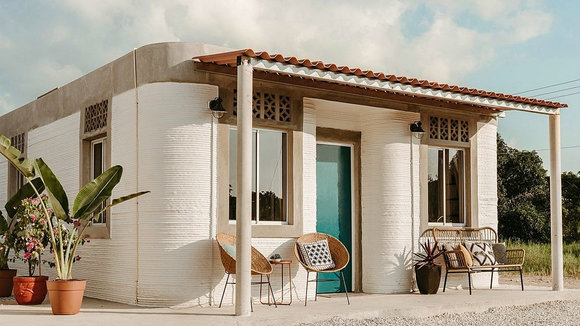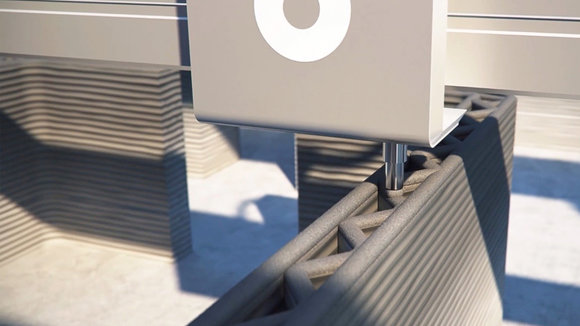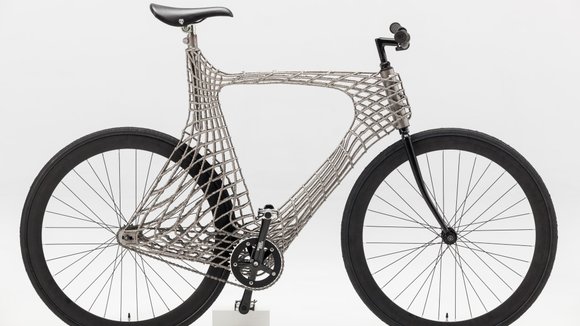1/16
Humble 3D Printed Product Designs that can effortlessly change the world!
3D printing has evolved and how! Ever since its inception, 3D printing has excited us with the tremendous possibilities it offers us. Granted, we spent plenty of time 3D printing our models for fun, designers now have used this innovative tool to create technologies that can actually save the world. From bottle-caps that can quench the stranded tourist’s thirst to complete structures being 3D printed to offer a safe refuge when in need, there is a solution here that is effectively ground-breaking and has been manufactured by the humble 3D printing technology!
Designed to magically ‘turn air into water’, the
is a new sort of dehumidifier that works without electricity, giving its user access to drinking water throughout the day. Its unique leaf-inspired design harks back to how water droplets condense on the surface of leaves, while its 3D printed intricate PET structure helps guide those water droplets down the ‘veins of the leaf’ into Limbe’s central axis which collects the water in your regular plastic drinking bottle.
An unlikely yet enthusiastic new member of the save-the-oceans movement is the Swedish carmaker Volvo. The
is comprised of hexagonal tessellated tiles that sport a complex, interwoven structure that mimics the roots of a mangrove forest. The concrete tiles are first cast using a 3D printed mold and then mounted on man-made seawalls across Sydney, promoting the growth of microorganisms (they take to the tiles as they would to mangrove roots) that constantly feed on ocean water, purifying it of toxins, chemicals, and even minute particulate matter.
3D printed from sand, the
by the Czech company Deeptime seem like they’re from another planet together! Silica sand was the material of choice. The porous and brittle 3D printed sand cones were treated with Deeptime’s special hardener, resulting in an airtight conch shell. Shaped after the spiral-shaped cochlea in the human ear and inspired by the deepwater squid Spirula, these speakers are anything but ordinary.
The
was created to be a communal oasis of heritage and micro-ecology. When you look at the renders, the structure is a blend of local Bedouin architecture with space-age technology. The design team has envisioned an innovative use of 3D printed panels by deploying them onto a CNC bent steel pipe system. To simulate a holistic tent-like structure, the team used a hybrid of 3D printed polymer shells on 3D printed concrete topography with the ‘Mesh Relaxation’ parametric strategy.
Created as a collaboration between
, the bottles are F1’s debut in the fragrance market, and help capture an olfactory experience that most die-hard F1 fans will relate to… the smells of burnt rubber, brake oil, and wet asphalt. The perfumes don’t literally smell of burning rubber, but evoke a similar representation. Playing with ingredients like black pepper, musks, bergamot, leather, among others, the fragrances, available in a series of 5 bottles, capture the adrenaline rush that is Formula 1.
Apart from the electronics, and the rider, every ounce of the
is 3D printed. From the handlebars to the body, to the seat, suspension, and even the tires, the Nera is an absolutely stunning feat of design and engineering melded together to show how far additive 3D printing has come. The e-bike’s body comes with an edgy, chiseled design that gives it character and strength, and even includes a flexible bumper underneath the seat to absorb shock. Even the airless tires are made from 3D printing, with a lattice structure that gives it both strength and flexibility, allowing it to mimic natural rubber tires.
Yves Béhar and his studio fuseproject worked with tech company ICON to create the world’s first
in Tabasco, Southern Mexico. A lively 3D-printed neighborhood of fifty 500-square-foot, single-story houses for the poorest communities who are always the last to benefit from innovation and technology. ICON issued its Vulcan II printer for the purpose at hand. In 24 hours a base cement home with walls is built, with roofs, doors, and windows added later on. Vulcan II’s functionality is foolproof against rainfall, power shortages and most dilemmas in rural areas. The slanted roof provides protection against intense rainfall. And the strong base and walls will support the structure against seismic activity.
Designed to show off their advanced titanium additive printing techniques (and also their engineering prowess), they designed the world’s first guitar that can’t be smashed. Literally. After creating a design that they deemed was the strongest guitar ever made (they ran their own crash-test simulations too),
out of titanium dust using an additive manufacturing process called Direct Metal Laser Sintering.
SHOELAB, created by Martin Sallieres has been developing a 3D weaving technique, creating shoes from one material. By tweaking the properties of this material, the designer can play with density, flexibility, thickness. Very much like nature does. For example, the structure of a tree is very different between the twigs and trunk and is still made from one material. The created mesh is a full polyurethane shoe inspired by the weaving techniques of spiders, with a constant back and forth movement along the shoe cast.
Although 3D printing has just picked up, there are quite a few 3D printed bicycle designs out there. None, however, are made of steel. None of them also look as beautiful as the
. Created by the students at TU Delft, based in The Netherlands, the Arc bike has an intricately detailed bike frame made to look like it was woven, rather than printed.
发布于2020-10-22
颜色
相关推荐
